
To see nothing
For Vladimír Kokolia painting is an opportunity to reach things that one wouldn’t be able to get at well enough in any other way. Kokolia is the type of painter who wants to really see his subject.
Seeing
It might seem that Kokolia wants to be considered primarily as an impressionist, in the original derogatory sense of the term. He deliberately aims for the impossible: to be, as was quipped about Monet, “only an eye”. He does not, however, believe in a prepared innocent gaze — that would be a great affectation — but relies on an acceptance of the full torrent of visual sensations, or direct visual waste, when one doesn’t have the tools (and perhaps not even a reason) to distinguish illusion from the “overwhelming disorder of the real world”.[1] He quickly discovered that the greatest obstacle to this kind of view of the ordinary world is the knowledge about seen things that one carries in one’s head. Even the names of things are disruptive for the naked eye. Kokolia declares that information inhibits the image.
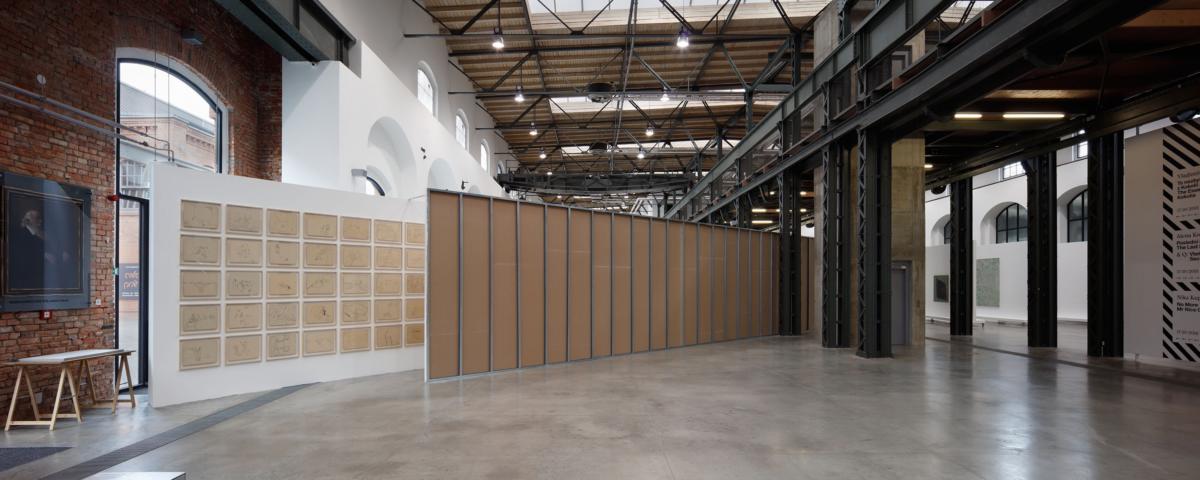
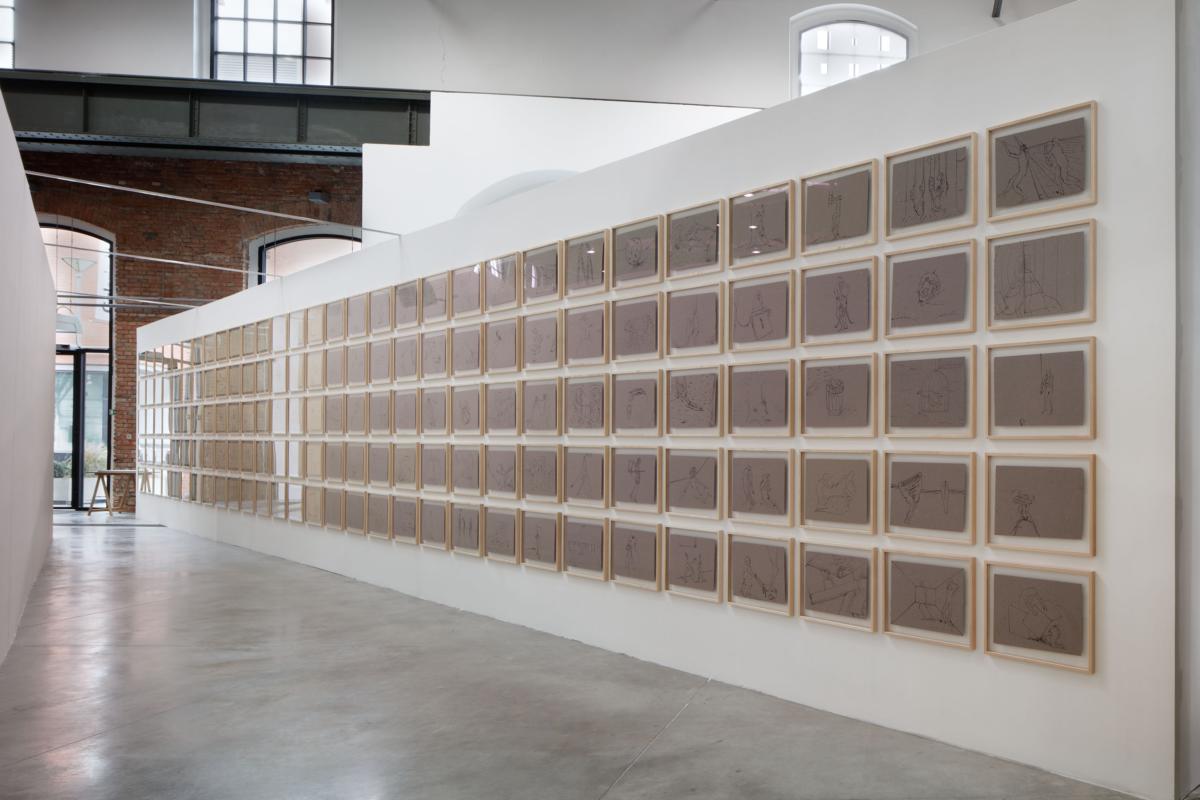
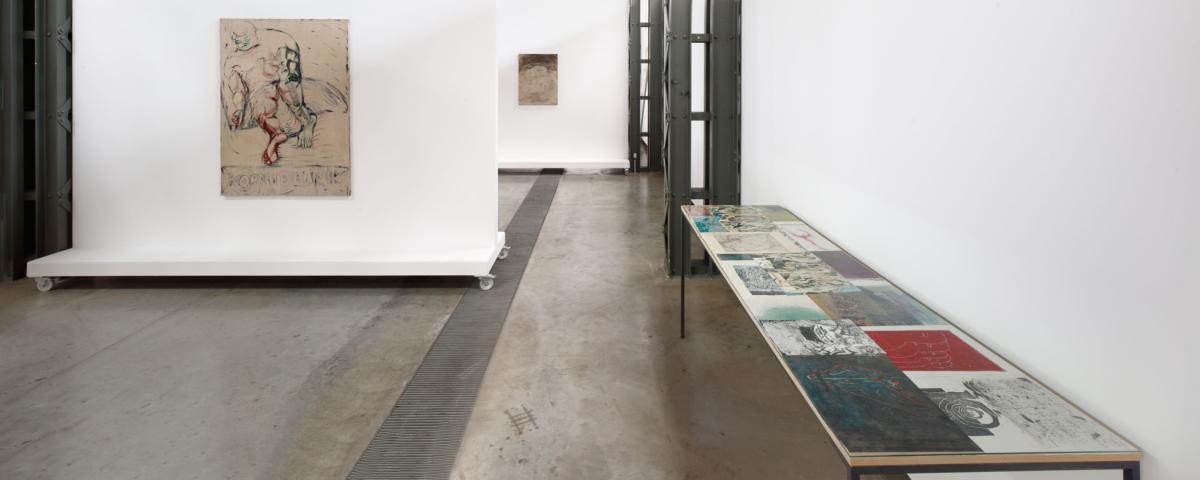

Seeing the seeing
Nonetheless, a painter wants to “see this seeing”. When seeing, how does a person notice that they are looking? According to Kokolia, this can happen only when we sacrifice meaning and simply let our view float. “I have the distinct impression that precisely such blank looking is the default setting of our vision. It is the most fundamental state, the ‘container’, the womb, the landscape, the pilot frequency, the Tao of seeing, only on account of which individual forms arise”, adds Kokolia.[2] He believes that a lack of information brings astonishment. Truly, a lack of information? We know, after all, how James Joyce’s characters marvel at a sudden recognition of very fragile and evanescent moments, when a character experiences a sudden revelation about the “whatness” of a thing.
Similarly, for the nameless heroes in the hundreds of drawings from Kokolia’s Big Cycle, the inescapable mechanism of their actions is suddenly revealed to them at a single moment. Here, the vehicle of wonderment is an unexpected recognition of meaning. However, wonderment that is purely visual in origin is, in contrast to narrative epiphany, lacking in substance. The one who is experiencing wonderment just stares and does not actually know anything. Here, the intensity of not knowing shows the depth of wonder. It is as if the one in wonderment sees only one thing, so emptied that it can be considered null. For Kokolia, an example of such views momentarily without content are the squares and rectangles in Mondrian’s paintings. Here, they also have roots in Kokolia’s individualistic theory about cubism and in his thinking about the picture plane and “paintings within a painting”. For Kokolia, the view gradually became an independent entity in which it is possible to study only the visible content and to eliminate for the given moment both the observer and the observed thing.
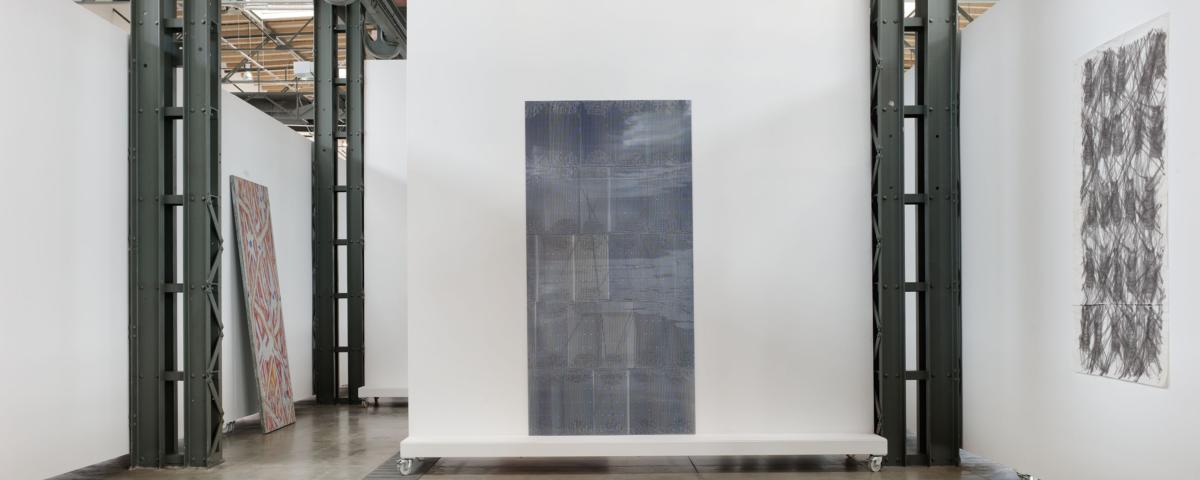
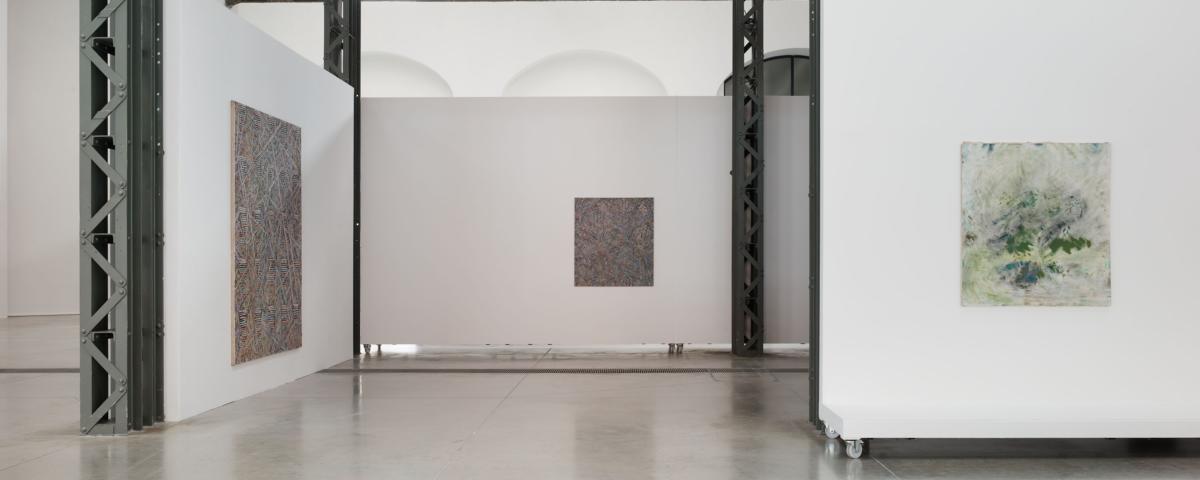
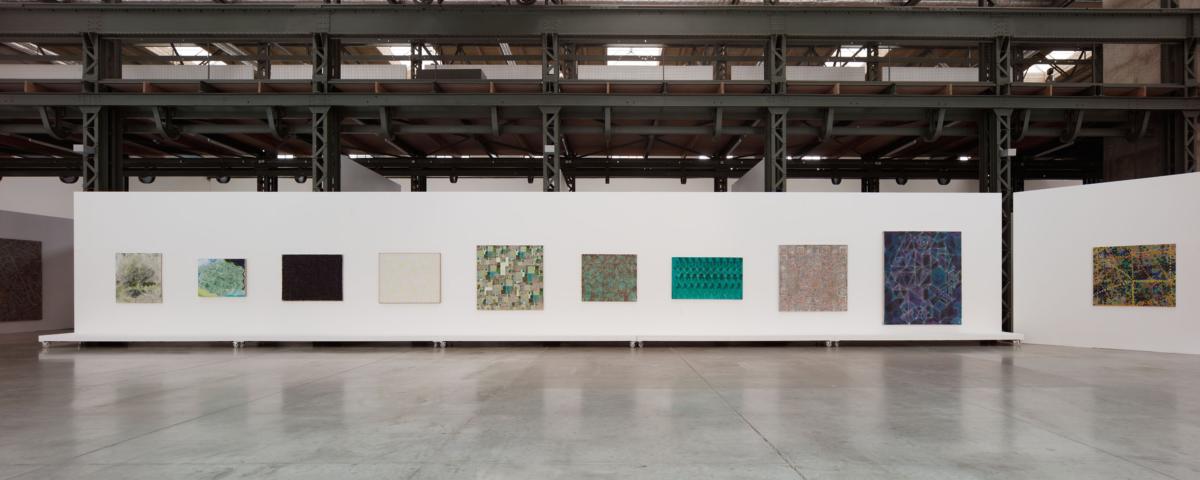
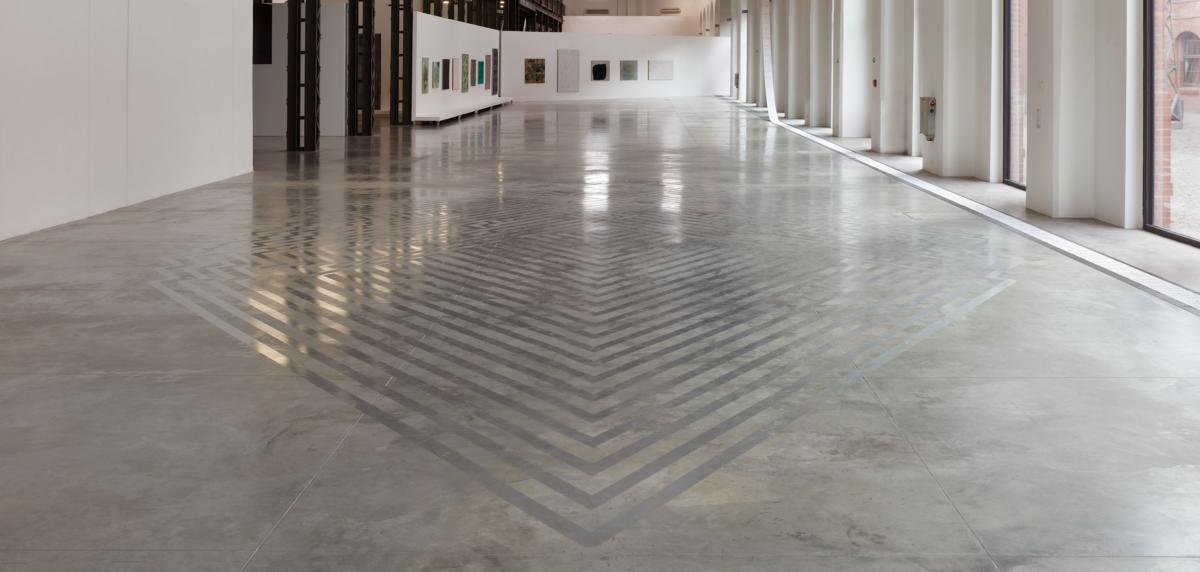
Painting seeing
Why would the one in wonderment even paint at all? Isn’t it enough just to have the experience? A painter’s embodiment of what is seen is a passage from one world to another, and what was true in one world is not necessarily true in the other one. It is a completely new situation that presumes “the picture has the logical form of representation in common with what it pictures”.[3] A painting may be able to adapt to the form of depiction, but it also has its own special demands as a physical object covered with paint as well as an object with the aim of controlling how the viewer will see it. It must remain adequate, even if it has done away with the function of depiction. The same brushstroke is both a physical trace and also creates the ideal of an image that arises only with the viewer’s gaze.
Kokolia describes the realisation he had in the Hermitage Museum in 1980 while standing before one of Matisse’s paintings: “… something tells me that this is the genuine space, not the three dimensions out there; at the same time, it really and truly is on the surface, literally just oil paints on a canvas. I am looking directly at the union of the greatest abstraction and the greatest materiality…”[4] For Kokolia, the idea of transferring images across different worlds might have its origin in printmaking. He has dedicated himself to this medium for almost as long as he has to painting (originally to be able to disseminate his drawings under the previous regime, when copy machines were under supervision). Since 1992 he has led the Studio of Experimental Graphics at the Prague Academy of Fine Arts. The themes of a matrix, an imprint and a reversal of the image appear repeatedly in his written musings. He similarly incorporates his experience with Tai Chi in his painting. Both of his Chinese teachers, Gene Chen and Zhu Jiancai, taught Tai Chi to him in a completely matter-of-fact manner, without a pseudo-spiritual overlay, and Kokolia likewise leads his brushstrokes with a consideration for the precise transfer of strength.
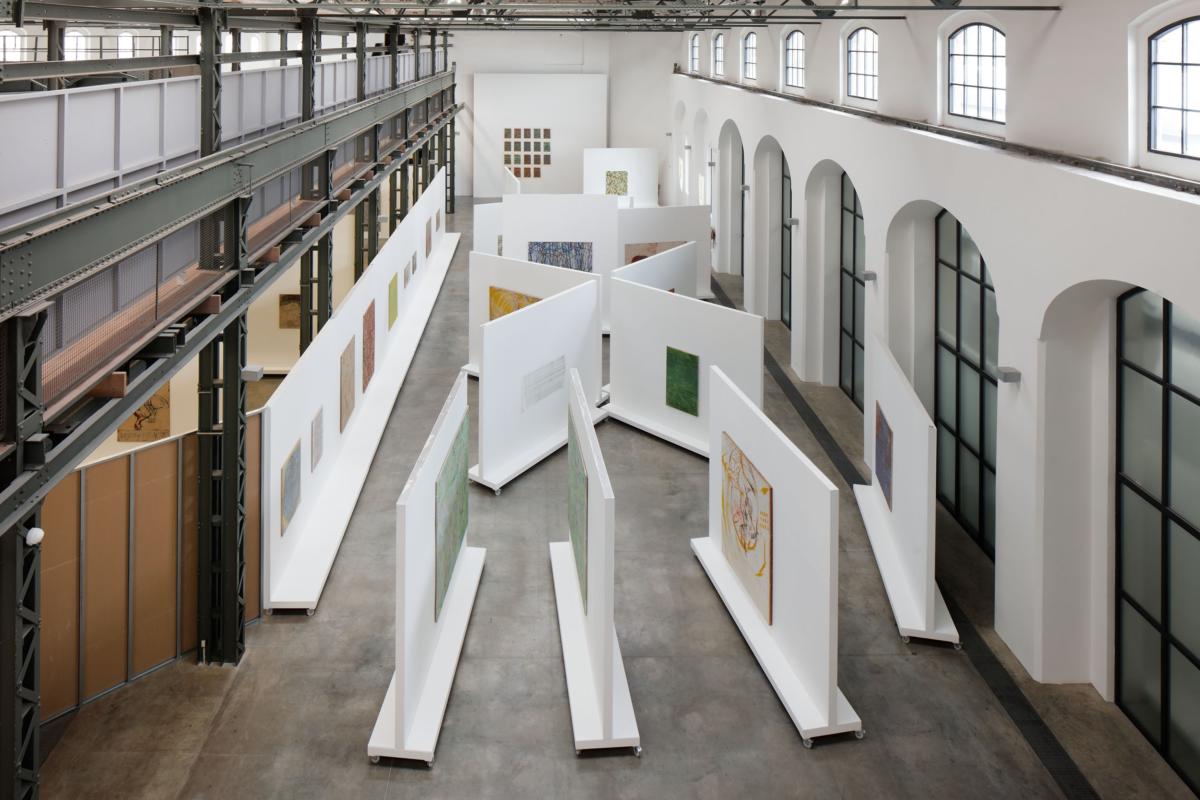
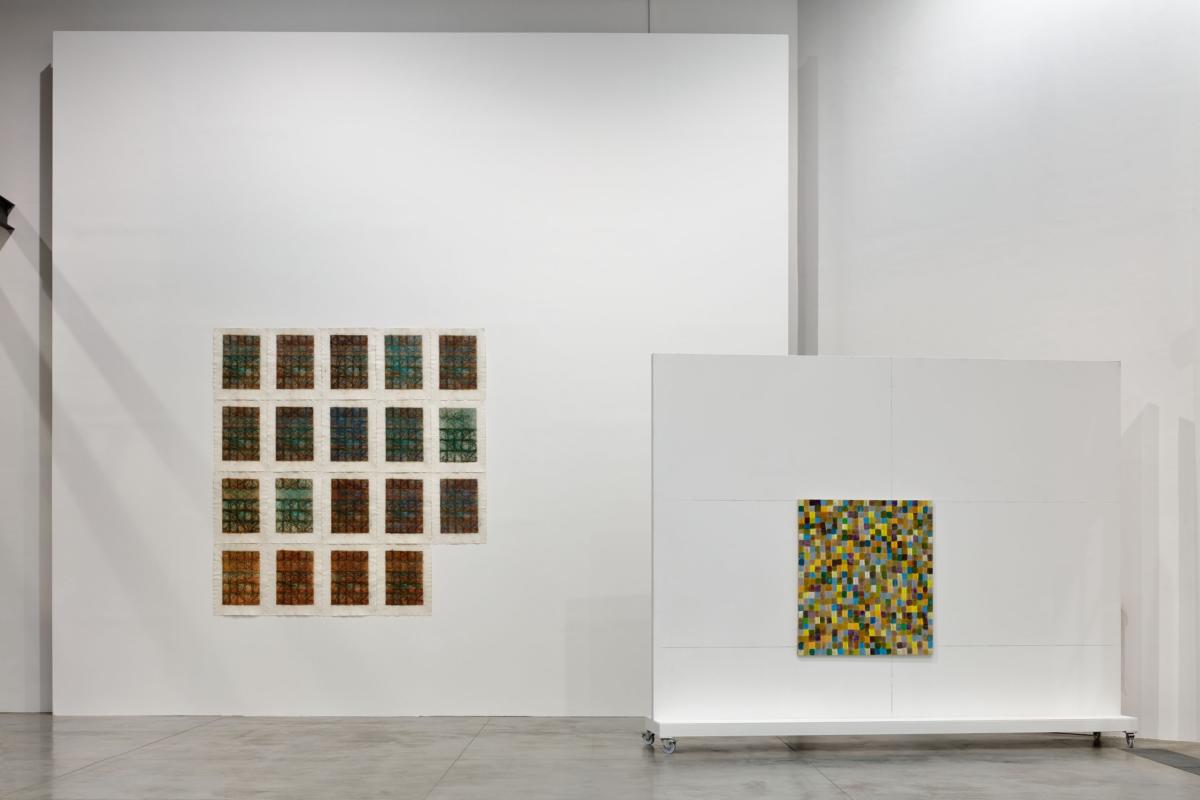


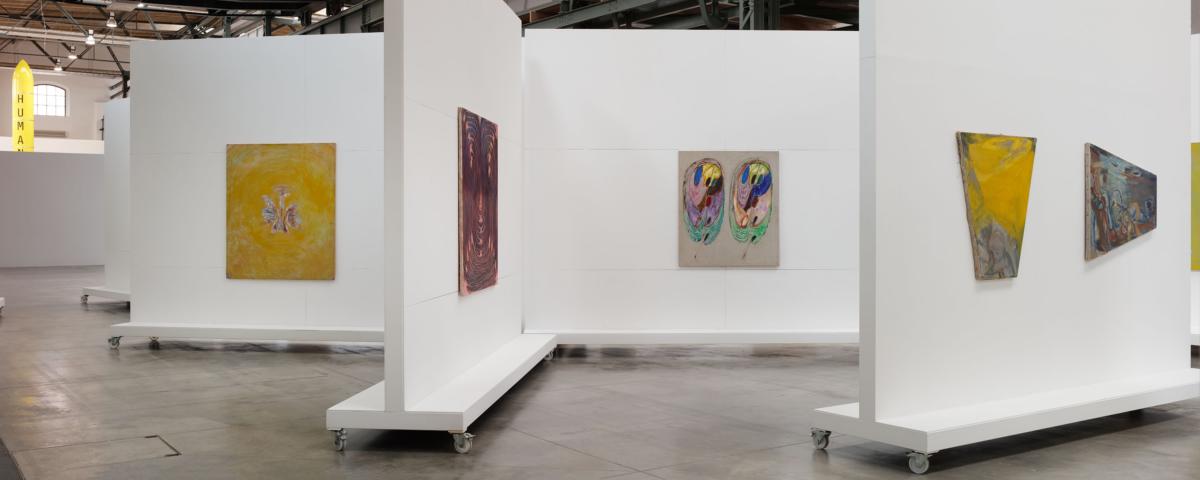
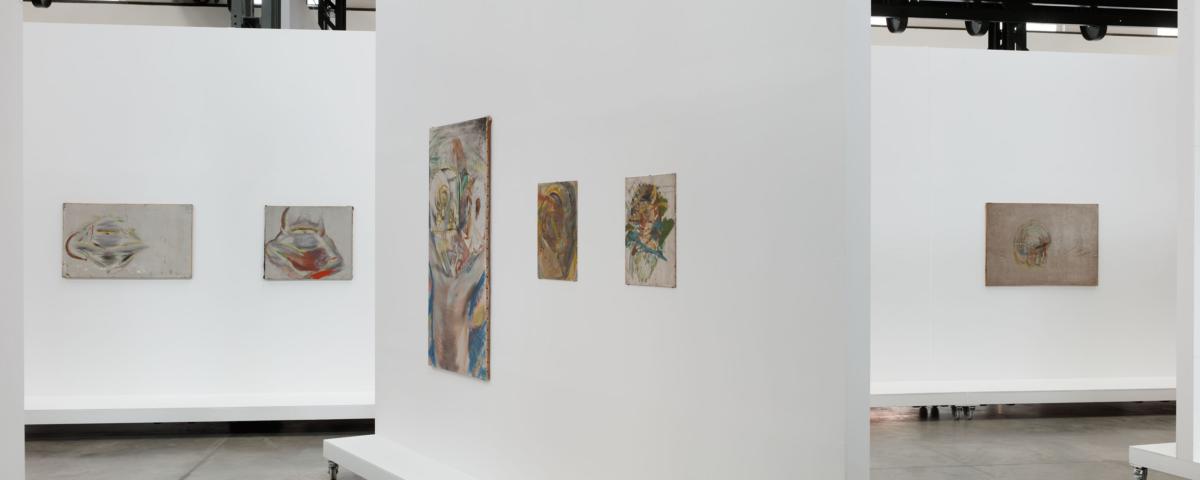
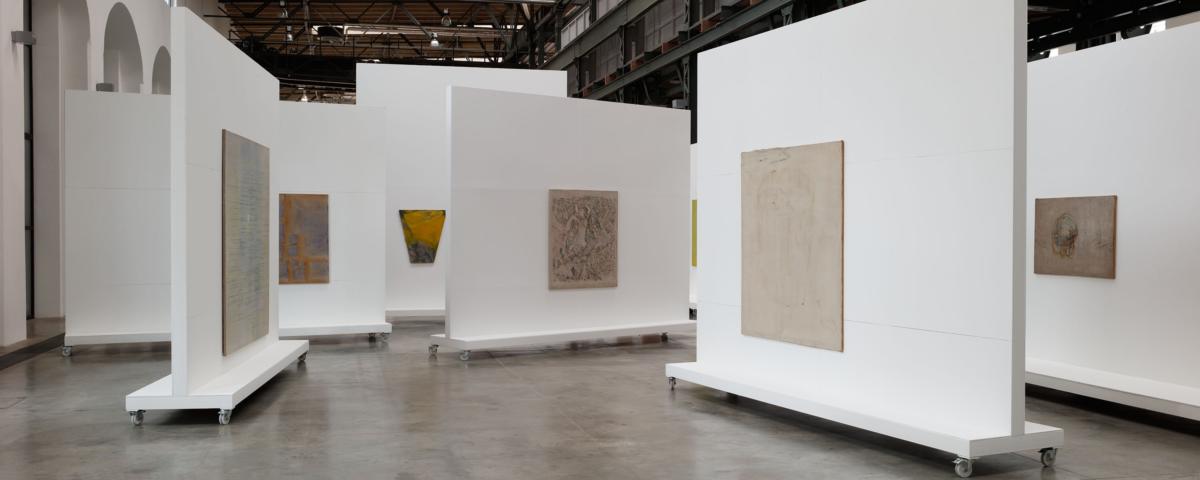
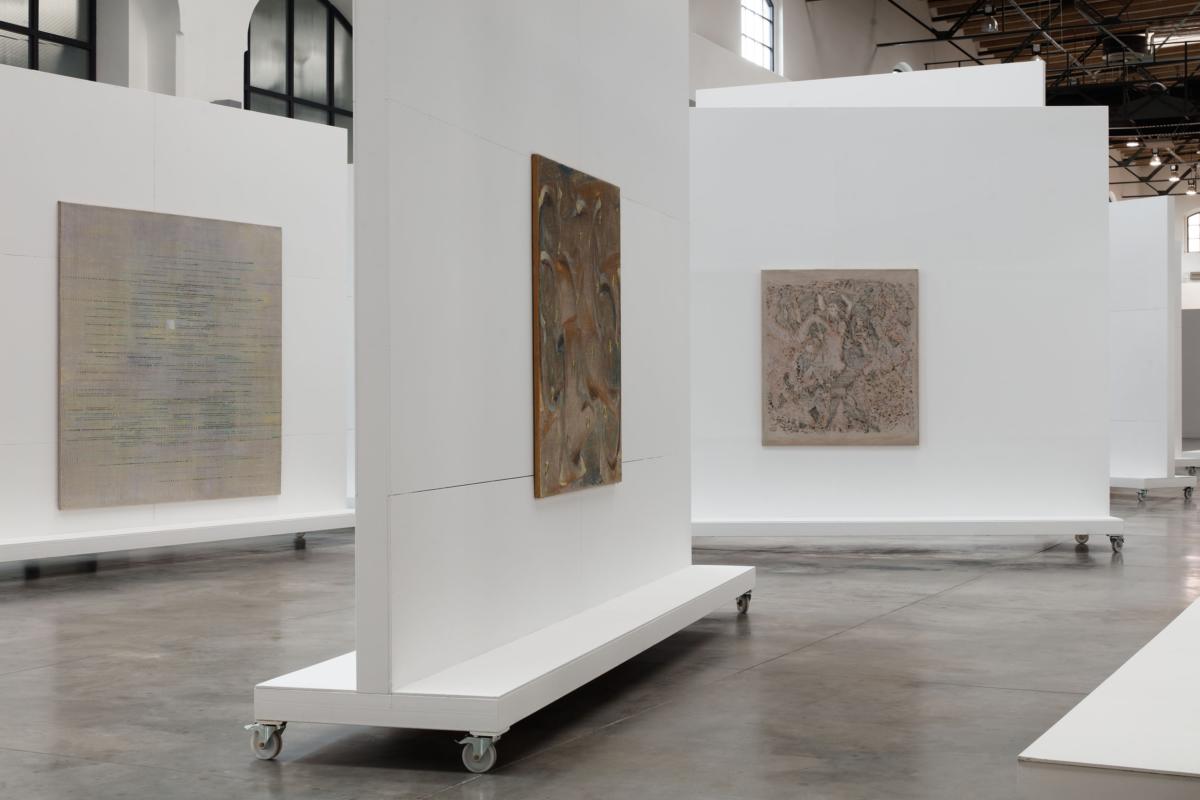

Seeing painting
The concentration on direct, unprejudiced seeing and effort to see seeing was followed by the materialization of seeing in an artefact. Apart from this, Kokolia certainly does not underestimate the special moment when a viewer turns up in front of a picture. This is confirmed by the fact that at his exhibitions he examines in detail the distance between the viewer and the picture, their movement around it, viewing angles and orientation of the view, as well as the time spent before the picture.
For the sake of interaction, Kokolia occasionally resorts to popular or “discredited” forms. He styled one of his shows as a commercial sale in the course of which he lived, cooked and worked in the gallery. Another time he displayed “healing pictures” to which visitors were to “expose themselves”.
These and other strategies sought to provide viewers with sufficient time in front of pictures. Kokolia believes that the spent time itself causes that the mode of perception switches from a simple registration of visual information to abidance in a field of vision. The viewer, at least for a while, does not perceive a picture as a separate object, and the distance in the field of vision disappears. This situation can be generated, for example, by the induction of afterimages on the retina or by a view into the visual space of autostereoscopic pictures, as manifested by some of Kokolia’s exhibitions.
The image-in-itself
In interviews and texts, Kokolia speaks ironically about such common and seemingly problem-free terms as “communication”, “opinion” and “expression”. And he doesn’t even have the word “art” in his lexicon. So, if he isn’t just taking a position, what would he offer instead? I suspect that Kokolia has own sect (of which he is the only member) that believes in the “image-in-itself”. Meaning that images exist, even if they are independent of observation. Even if nobody has seen them yet. Perhaps it is this belief that helps him not to be perilously captive to changes in the contemporary context.
[1] Borges, Jorge Luis, The Cambridge Companion to Jorge Luis Borges, p. 209
[2] Kokolia Vladimír, Úžas, habilitační přednáška, 1996, Akademie výtvarných umění
[3] Wittgenstein, Ludwig, Tractatus logico-philosophicus 2.2
[4] S.M. Blumfeld, Prozření Vladimíra Kokolii, Vokno monthly, 1993, no. 27
Imprint
| Artist | Vladimír Kokolia |
| Exhibition | The Essential Kokolia |
| Place / venue | Fait Gallery, Brno |
| Dates | 17 October 2018 - 12 January 2019 |
| Curated by | Miroslav Ambroz |
| Website | www.faitgallery.com/ |
| Index | Fait Gallery Miroslav Ambroz Vladimír Kokolia |
